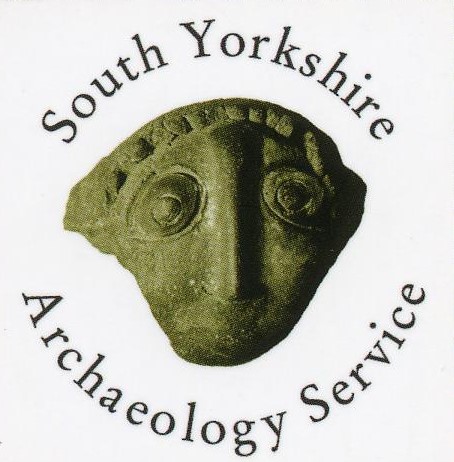Cavendish Buildings
Location/Address
210 - 238 West Street, Sheffield, S1 4EU
Type
Description
Built as a garage and showrooms for the Sheffield Motor Company with billiard saloons on the upper floors, in 3 phases (1907, 1910 and 1919) by Henry Boot to designs by architects Hemsoll and Chapman (later Chapman and Jenkinson). Red brick and faience façade. Three oversized broken segmental pediments on the front elevation, each with a large swagged plaque bearing the dates of building and extension. Mullioned and transomed windows and an egg and dart cornice.
The Sheffield Motor Company was the maker of the Cavendish motor car, 1903-06, at their earlier premises at 57-59 Cavendish Street. By 1957 they had been taken over by Freeman Oakes & Co., which in turn became part of the Kennings group by the 1960s, and which remained in Cavendish Buildings until at least the 1980s.
The Cavendish Ballroom on an upper floor was for many years home to the Constance Grant school of dance. It also housed the Central Labour Working Men's Club during World War 2.
West Street has the greatest concentration of Edwardian commercial architecture in the city, the result of street widening in 1907-10. Decorative faience was extensively employed and the result has a satisfying urbanity.
Identified during Sheffield listed buildings review 1990-95 but not nationally listed.
Statement of Significance
Age
Three phases: 1907, 1910 and 1919.Rarity
Commercial architecture of this quality in Sheffield is comparatively rare, and on this scale rarer still.Architectural and Artistic Interest
The external architecture is of the highest quality and distinction, and forms the centrepiece of Sheffield's highest concentration of Edwardian commercial architecture. The use of faience is especially characteristic of the period, and also particularly appropriate in Sheffield where it stood a better chance than natural stone or brick of resisting the effects of industrial pollution. It is by Sheffield architects Hemsoll and Chapman, one of the series of practices of the Hemsoll firm formed as Hemsoll and Smith in 1881, which became Chapman and Jenkinson in 1910. The various practices have contributed a great many buildings to the city, including board schools, chapels, and many in the later 20th century credited to the Mansell Jenkinson Partnership. The University of Sheffield awards the Mansell Jenkinson prize for architecture. J Mansell Jenkinson has a family connection with the accountant Mark Jenkinson, whose firm still operates today. The ground floor interior has been converted to licensed premises, and the upper floors to student accommodation. Very few interior images are publicly available and it is no known to what extent the interior survives. The few available images show glimpses of moulded skirting boards, some of which may be of some age, although modern partitions also have moulded skirtings.Group Value
The building has very considerable group value with nearby buildings on West Street of a similar age and style, including Boots 1906, the attached former PO (now part of the Beehive), the Beehive pub c1913 and the Hallamshire Hotel 1903, all of which make characteristic use of faience. There is also group value with contemporary buildings by the same practice, including Northend Printers 49 West Street 1912-14, 25-27 Holme Lane/389-391 Walkley Lane 1911, and Hillsborough Baptist Taplin Road 1914, all of which also make use of faience.Historic Interest
Historic interest is provided by the connection with the historic Hemsoll firm of architects. The connection with the Constance Grant school of dancing, founded in 1925 and still operating today, provides a connection with a highly influential artistic institution which has made a great contribution to the cultural life of the city. The original purpose as a motor garage and showroom provides a connection with the very earliest days of motor manufacture in Sheffield, and through changes in ownership to the Kennings firm which still exists. Its secondary purpose housing billiard rooms illustrates the popularity of such facilities at the time, which has since declined. The presence of the Central Labour Working Men's Club during World War 2 illustrates the importance of such resorts during wartime.Archaeological Interest
It is not known what potential exists for below ground remains.Landmark Status
The building is a very prominent landmark in one of Sheffield's main central thoroughfares, dominating and making a substantial positive contribution to the streetscape and instantly recognisable as a high quality building characteristic of its time. It also has great value to the communal memory, evidenced by a number of living Sheffield residents who remember having worked there in its days as a garage, and the many former pupils of the Constance Grant school.Date Listed
15 Aug 2022
Last Updated
15 Jun 2022
Comments and Feedback
Do you have any questions or more information about this record?



.jpg)

